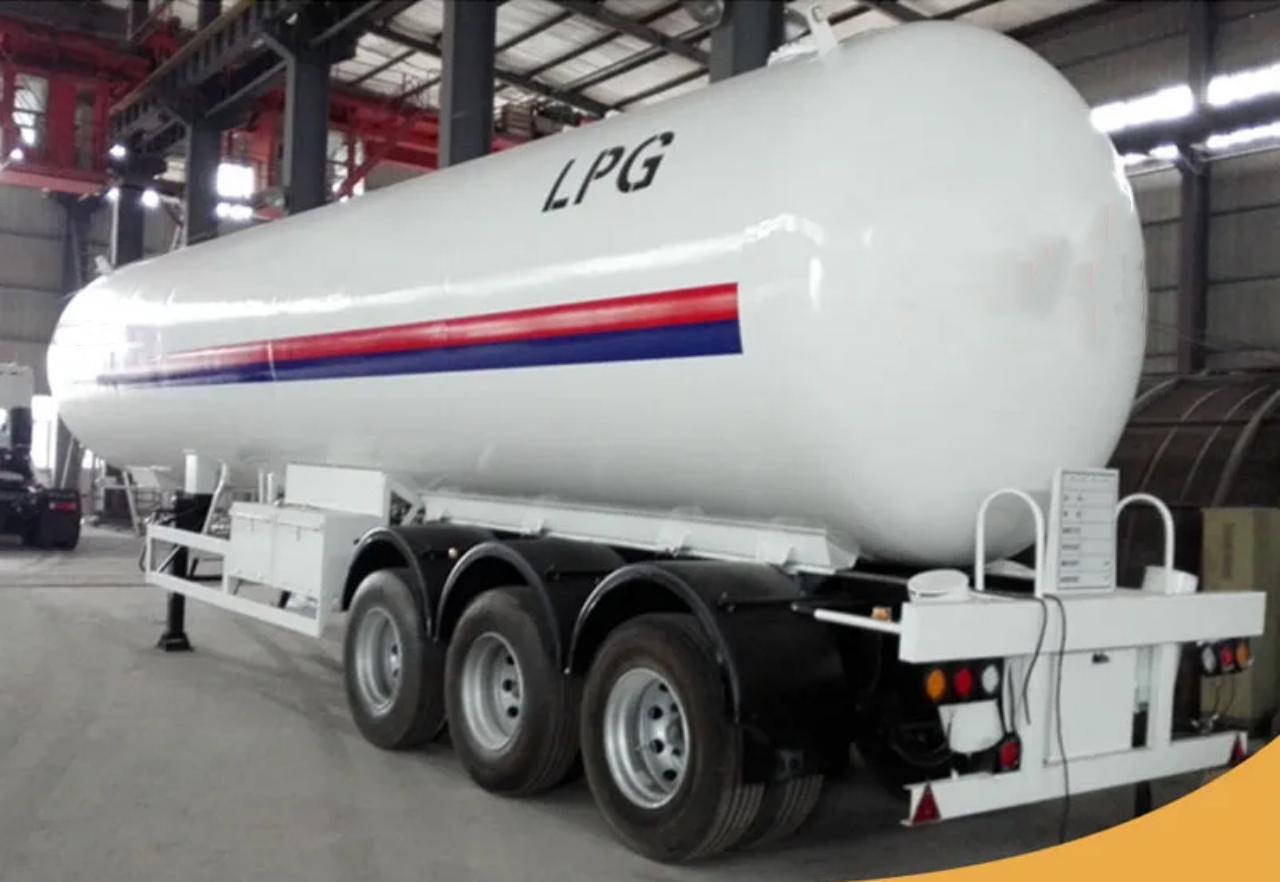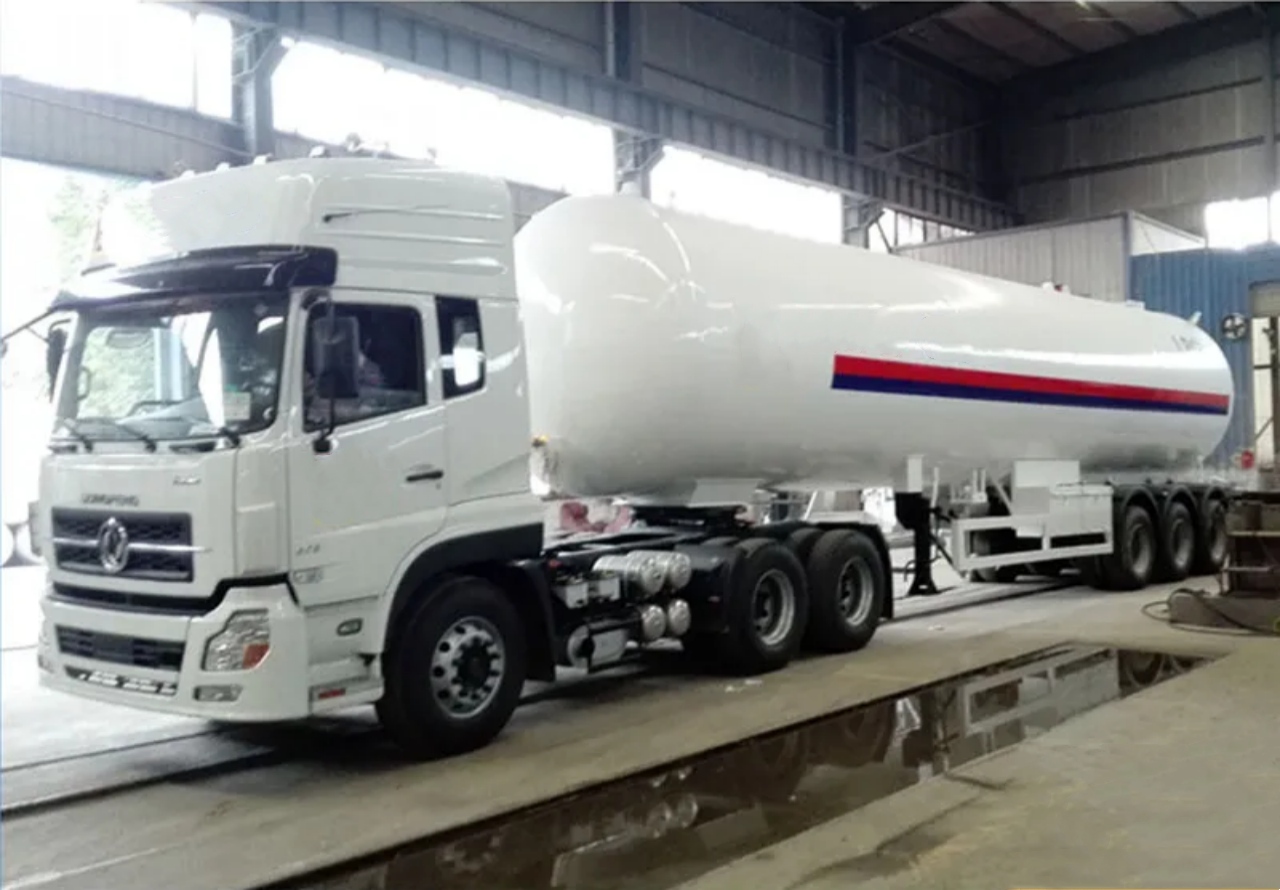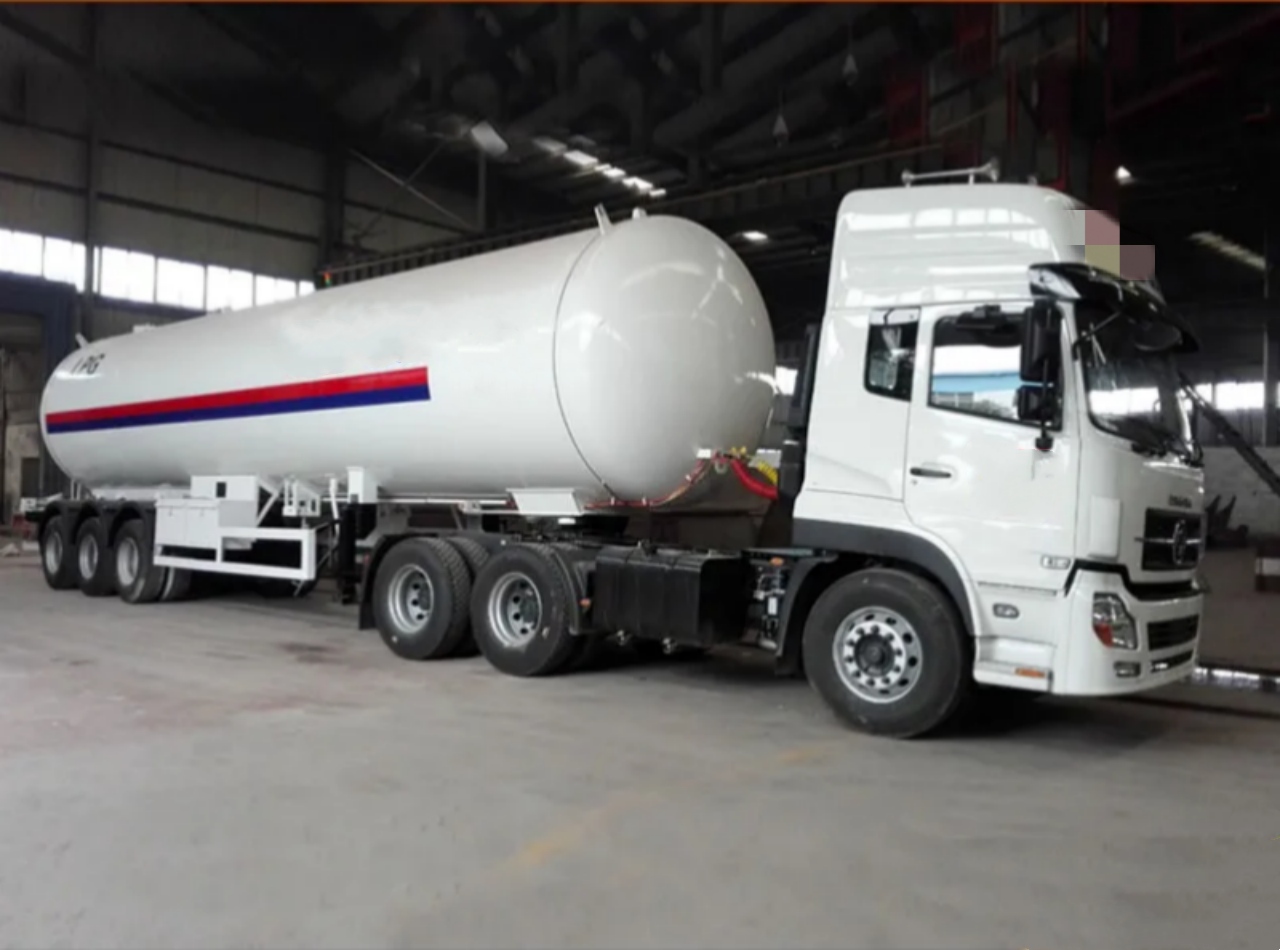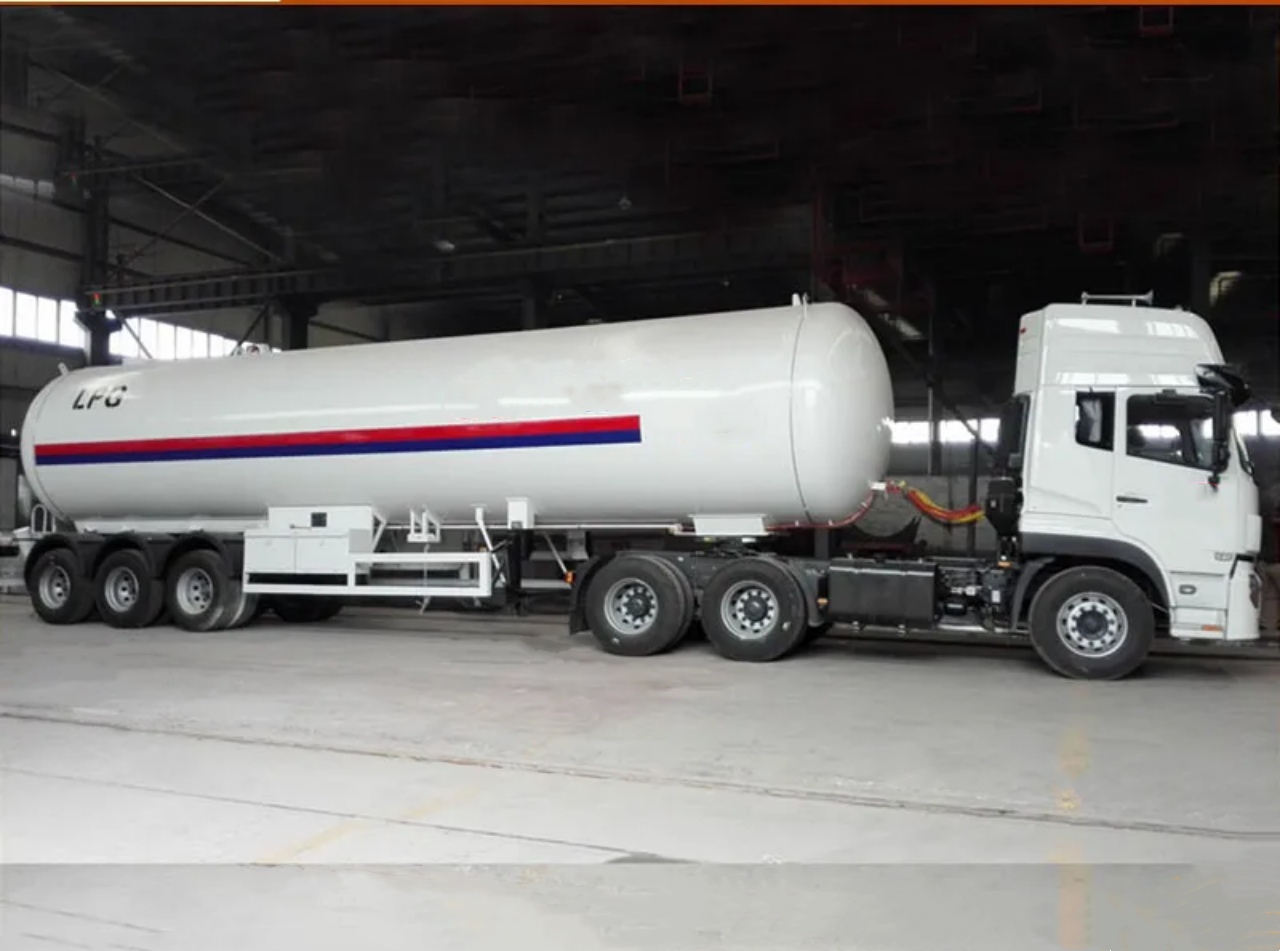Propane, also known as liquefied petroleum gas (LPG), is a vital fuel used across residential, commercial, agricultural, and industrial sectors. From heating homes and fueling forklifts to powering farm equipment and commercial kitchens, propane plays a significant role in daily operations and long-term energy strategies. Central to the distribution of this fuel is the propane tanker truck. These specialized vehicles are designed to safely transport large volumes of propane across cities, rural areas, and industrial zones. But just how many gallons of propane can a tanker truck hold?
The answer to this question depends on several factors, including the size, type, and configuration of the tanker truck. Let’s break down the key considerations that influence propane transport capacity and examine how different types of propane trucks are designed for specific delivery needs.
Understanding Propane Tanker Trucks
A propane tanker truck is a specially built vehicle that features a cylindrical tank mounted on a truck chassis or semi-trailer. These tanks are designed to store propane under pressure in liquid form. Due to the volatile and flammable nature of propane, these trucks must adhere to strict safety and regulatory standards, including Department of Transportation (DOT) regulations in the United States or similar international standards elsewhere.
There are primarily 2 classes of propane delivery vehicles:
- Bobtail trucks (medium-duty delivery trucks)
- Transport tankers (heavy-duty semi-trailers)
Each serves a different purpose and holds a different quantity of propane.
Bobtail Trucks: Local Propane Delivery
Bobtail trucks are the most common propane delivery vehicles seen in residential areas. These trucks are ideal for delivering propane to homes, farms, and small businesses. Typically built on a single chassis with an integrated tank, bobtail trucks offer maneuverability and flexibility for local distribution.
Propane Capacity of Bobtail Trucks
Bobtail truck tanks generally range in capacity from 1,000 to 5,000 gallons. However, due to safety standards requiring propane tanks to be filled to no more than 80% of their total volume (to allow for thermal expansion), the usable propane capacity is less than the actual tank volume.
Here’s a breakdown of common bobtail truck sizes:
- 1,000-gallon tank: Holds approximately 800 gallons of propane
- 2,600-gallon tank: Holds approximately 2,080 gallons
- 3,200-gallon tank: Holds approximately 2,560 gallons
- 5,000-gallon tank: Holds approximately 4,000 gallons
The most common size in use in the United States is the 3,200-gallon bobtail, which strikes a balance between capacity and road-legal weight limits.
Transport Tankers: Bulk Propane Hauling
For long-distance or bulk propane transport, larger transport tankers are used. These are tractor-trailer configurations designed to move propane between refineries, storage terminals, and bulk distribution points. Due to their size and design, these trucks can carry significantly more propane than bobtail trucks.
Propane Capacity of Transport Tankers
A standard propane transport tanker has a tank capacity of 9,000 to 12,000 gallons. However, similar to bobtail trucks, these tanks are not filled to 100% due to the 80% rule.
Here are typical transport tanker capacities:
- 9,000-gallon tank: Holds about 7,200 gallons of propane
- 10,500-gallon tank: Holds about 8,400 gallons
- 11,600-gallon tank: Holds about 9,280 gallons
The actual amount transported can vary slightly depending on ambient temperature, pressure, and local weight regulations. For example, states or countries with more stringent weight restrictions may limit the maximum filled capacity, even if the tank could theoretically hold more.
Why Only 80% Full?
Propane expands as the temperature increases. Because it’s stored under pressure in liquid form, allowing space in the tank (known as “ullage“) is essential for safety. The 80% fill rule ensures there’s enough headspace for the liquid propane to expand without increasing pressure to dangerous levels.
For example, on a hot summer day, the liquid propane inside the tank could expand significantly. If the tank were full, there would be no room for expansion, increasing the risk of pressure buildup and potential rupture.
Factors Influencing Tanker Capacity
Several variables can influence how much propane a tanker truck can carry:
1. Vehicle Weight Limits
Road weight restrictions often limit how much a truck can legally carry. A fully loaded propane transport truck can weigh up to 80,000 pounds, the federal maximum for gross vehicle weight in the U.S. Any added capacity would require additional axles or special permits.
2. Tank Design
Modern tanks are engineered with different dimensions, insulation, and material strength. Heavier-duty tanks may have thicker walls, slightly reducing internal capacity.
3. Temperature
Because propane expands with heat, trucks filled in colder climates or seasons may carry slightly more propane (still under 80% of tank volume) than those in hotter conditions, while remaining within safe pressure limits.
4. DOT or International Regulations
Different countries and jurisdictions have specific rules governing hazardous materials transport, which can affect tank sizes and maximum fill volumes. For instance, European transport standards (ADR) differ slightly from those in the United States (DOT 406/MC 331 standards for propane).
How Propane is Measured in the Industry
In North America, propane is typically measured in gallons or pounds. One gallon of propane weighs about 4.24 pounds at 60°F. Internationally, it might be measured in liters or metric tonnes, particularly in countries using the metric system.
A 10,500-gallon propane transport truck carrying 8,400 gallons would therefore be transporting approximately 35,616 pounds, or about 16.1 metric tonnes of propane.
Conclusion
So, how many gallons of propane does a tanker truck hold? It depends on the type of truck:
- Bobtail trucks typically hold between 1,000 and 5,000 gallons, with a usable capacity of 800 to 4,000 gallons.
- Transport tankers used for long-haul or bulk delivery usually hold 9,000 to 12,000 gallons, equating to 7,200 to 9,600 usable gallons of propane.
Understanding these capacities is essential for fuel distributors, logistics planners, and even consumers who rely on propane for their energy needs. By combining engineering precision with regulatory compliance, propane tanker trucks ensure safe, efficient delivery of this vital fuel across the globe.





